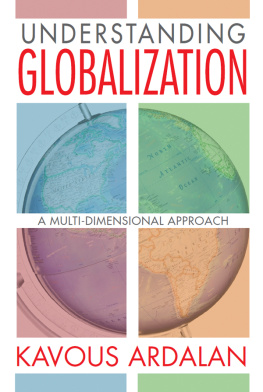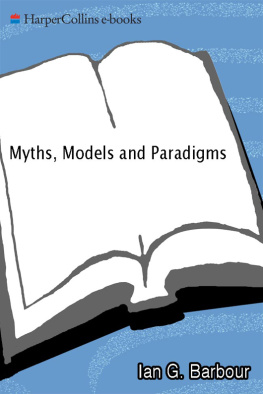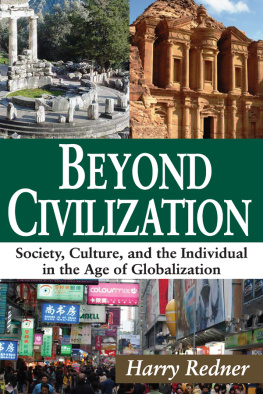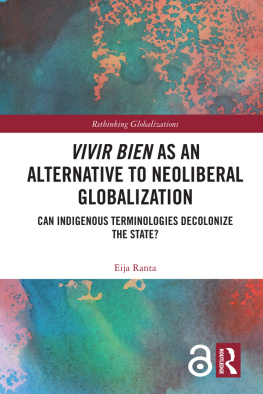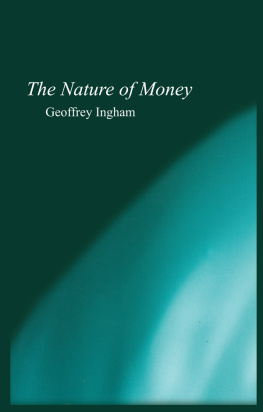First published 2014 by Transaction Publishers
Published 2017 by Routledge
2 Park Square, Milton Park, Abingdon, Oxon OX14 4RN
711 Third Avenue, New York, NY 10017, USA
Routledge is an imprint of the Taylor & Francis Group, an informa business
Copyright 2014 by Taylor & Francis.
All rights reserved. No part of this book may be reprinted or reproduced or utilised in any form or by any electronic, mechanical, or other means, now known or hereafter invented, including photocopying and recording, or in any information storage or retrieval system, without permission in writing from the publishers.
Notice:
Product or corporate names may be trademarks or registered trademarks, and are used only for identification and explanation without intent to infringe.
Library of Congress Catalog Number: 2013044153
Library of Congress Cataloging-in-Publication Data
Ardalan, Kavous.
Understanding globalization: a multi-dimensional approach / Kavous Ardalan.
pages cm
1. GlobalizationSocial aspects 2. GlobalizationEconomic aspects. 3. GlobalizationPolitical aspects. I. Title.
JZ1318.A754 2014
303.482dc23
2013044153
ISBN 13: 978-1-4128-5403-0 (hbk)
This is the second book that reflects the change in the way I think about the world, and in writing it, I hope that it will do the same for others. The writing of my first book1 began a few years after I received my Ph.D. in Finance from York University in Toronto. However, its origin goes back to the time when I was a doctoral candidate and took a course in Philosophy and Method with Professor Gareth Morgan. At that time, I was exposed to ideas that were totally new to me. They occupied my mind, and every day, I found them more helpful than the day before in explaining what I experienced in my daily, practical, and intellectual life.
When in high school, I grew up overseas and I was raised to appreciate mathematics and science at the expense of other fields of study. Then in college, I was exposed only to economics to receive my bachelor of arts. Afterward, in order to obtain my masters and doctoral degrees in Economics, I attended University of California, Santa Barbara, and I received my specialized training in economics. My further specialized studies in Finance ended in another doctoral degree. As is clear, throughout the years of my education, I was trained to see the world in a special narrow way.
Among all courses that I took during all these years of training, one course stood out as being different and, in the final analysis, as being most influential. It was the Philosophy and Method course that I took with Professor Gareth Morgan. It was the most influential course because none of the other courses gave me the vision that this one did. While all the other courses trained me to see the world in one special narrow way, this course provided me with the idea that the world may be seen from different vantage points, where each one would be insightful in its own way. Over the years, constant applications of this idea in my daily, practical, and intellectual life were quite an eye-opener for me such that I naturally converted to this new way of thinking about the world. This happened in spite of the fact that my entire education, almost exclusively, trained me to see the world in a narrow and limited way. Since then, I have been writing based on this approach and the current book represents what has been accumulated since the publication of my first book.
This book crosses two existing lines of literature, philosophy of social science and globalization. More specifically, its frame of reference is Burrell and Morgan (1979) and Morgan (1983) and applies their ideas and insights to globalization. Clearly, a thorough treatment of all the relevant issues referred to in this work is well beyond just one book. Within such limits, this book aims at only providing an overview, a review, a taxonomy, or a map of the topics and leaving further discussions of all the relevant issues to the references cited herein. In other words, the aim of this work is not so much to create a new piece of puzzle as it is to fit the existing pieces of puzzle together in order to make sense of it. To implement this aim, and given the specialized and abstract nature of the philosophy of social science, this book discusses the framework of Burrell and Morgan (1979) in the Appendix, and in this context, brings some of the important dimensions of globalization into focus. The choice of what is to be included and excluded in the book has been a hard one. In numerous occasions, it is decided to refer to some massive topics very briefly. In any case, this book is only an overview, yet it provides a comprehensive set of references to avoid some of its shortcomings.
The main theme of the book is as follows. Social theory can be usefully conceived in terms of four key paradigms: functionalist, interpretive, radical humanist, and radical structuralist. The four paradigms are founded upon different assumptions about the nature of social science and the nature of society. Each generates theories, concepts, and analytical tools that are different from those of other paradigms.
The mainstream in most academic fields of study is based upon the functionalist paradigm; and, for the most part, mainstream scholars are not always entirely aware of the traditions to which they belong. Their understanding of different paradigms leads to a better understanding of the multifaceted nature of their academic field of study. Although a researcher may decide to conduct research from the point of view of a certain paradigm, an understanding of the nature of other paradigms leads to a better understanding of what one is doing.
Knowledge of any phenomenon is ultimately a product of the researchers paradigmatic approach to that multifaceted phenomenon. Viewed from this angle, the pursuit of knowledge is seen as much an ethical, moral, ideological, and political activity, as a technical one. Each paradigm can gain much from the contributions of the other paradigms.
The ancient parable of six blind scholars and their experience with the elephant illustrates the benefits of paradigm diversity. There were six blind scholars who did not know what the elephant looked like and had never even heard its name. They decided to obtain a mental picturethat is, knowledgeby touching the animal. The first blind scholar felt the elephants trunk and argued that the elephant was like a lively snake. The second bind scholar rubbed along one of the elephants enormous legs and likened the animal to a rough column of massive proportions. The third blind scholar took hold of the elephants tail and insisted that the elephant resembled a large, flexible brush. The fourth blind scholar felt the elephants sharp tusk and declared it to be like a great spear. The fifth blind scholar examined the elephants waving ear and was convinced that the animal was some sort of a fan. The sixth blind scholar, who occupied the space between the elephants front and hid legs, could not touch any parts of the elephant and consequently asserted that there were no such beasts as elephant at all and accused his colleagues of making up fantastic stories about nonexistent things. Each of the six blind scholars held firmly to their understanding of an elephant and they argued and fought about which story contained the correct understanding of the elephant. As a result, their entire community was torn apart, and suspicion and distrust became the order of the day.

